Finishing Techniques for Custom Hardcover Book Printing
 Jul 12,2024
Jul 12,2024

 SESE
SESE
Exploring Finishing Techniques for Custom Hardcover Book Printin
In the realm of custom book printing, particularly for hardcover editions, finishing techniques play a pivotal role in enhancing both the aesthetic appeal and durability of the final product. These techniques not only contribute to the tactile and visual experience of the book but also reflect the meticulous attention to detail that goes into its creation. Let's delve into some of the most popular and impactful finishing techniques for custom hardcover book printing.
1. Foil Stamping
Foil stamping involves applying a metallic or pigmented foil to the book cover using heat and pressure. This technique is particularly effective for adding a touch of luxury and sophistication to titles, logos, and other key elements on the cover. Gold, silver, and copper are common foil choices, but a range of colors and finishes are available to suit different design aesthetics.
|
|
|
|
|
2. Embossing and Debossing
Embossing creates a raised effect on the book cover, while debossing results in a recessed impression. Both techniques add a tactile dimension that enhances the cover's visual appeal and can be used to highlight specific elements such as titles, illustrations, or patterns. The choice between embossing and debossing often depends on the desired impact and the overall design concept.
|
|
|
3. Spot UV Coating
Spot UV coating involves applying a high-gloss finish to specific areas of the book cover, creating a contrast with the matte or satin background. This technique can be used to highlight certain elements, such as the title or author's name, making them stand out and catch the reader's eye. Spot UV is particularly effective when combined with other finishes, such as foil stamping or embossing.
|
|
|
4. Matte and Gloss Lamination
Lamination provides a protective layer to the book cover, enhancing its durability and resistance to wear and tear. Matte lamination offers a smooth, non-reflective finish that exudes a subtle elegance, while gloss lamination provides a shiny, reflective surface that enhances color vibrancy and detail. The choice between matte and gloss often depends on the desired aesthetic and the book's genre.
|
|
|
5. Soft-Touch Coating
Soft-touch coating, also known as velvet or suede coating, adds a luxurious, velvety texture to the book cover. This finish not only feels unique and premium but also provides a sophisticated, muted appearance that can enhance the overall design. Soft-touch coating is ideal for high-end publications and special editions.
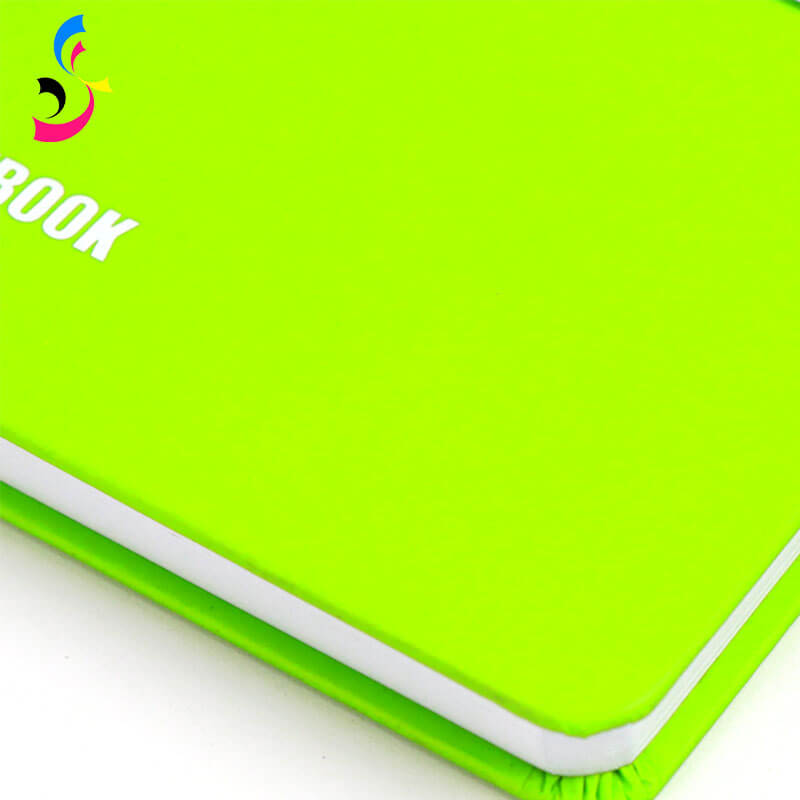
6. Die-Cutting
Die-cutting involves cutting out specific shapes or patterns from the book cover, revealing the underlying material or pages. This technique can be used creatively to add depth and intrigue to the cover design. Die-cut elements can range from simple geometric shapes to intricate designs, offering endless possibilities for customization.
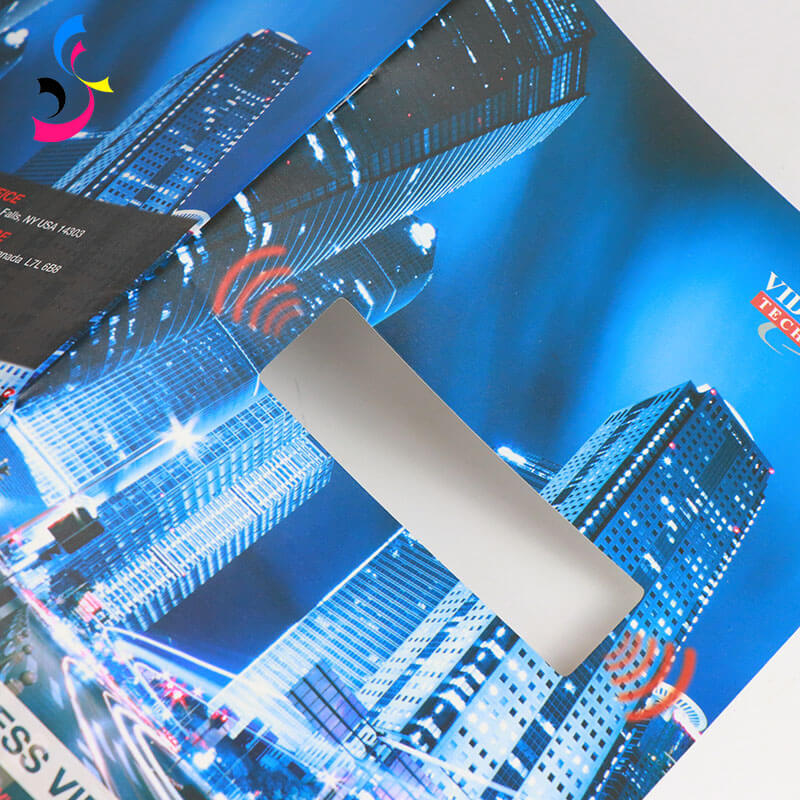
7. Edge Printing and Gilding
Edge printing involves applying ink or designs to the edges of the book's pages, creating a unique visual effect when the book is closed. Gilding, on the other hand, involves applying a metallic foil to the edges, adding a touch of elegance and luxury. Both techniques can enhance the book's overall aesthetic and make it stand out on the shelf.
|
|
|
|





 Home
Home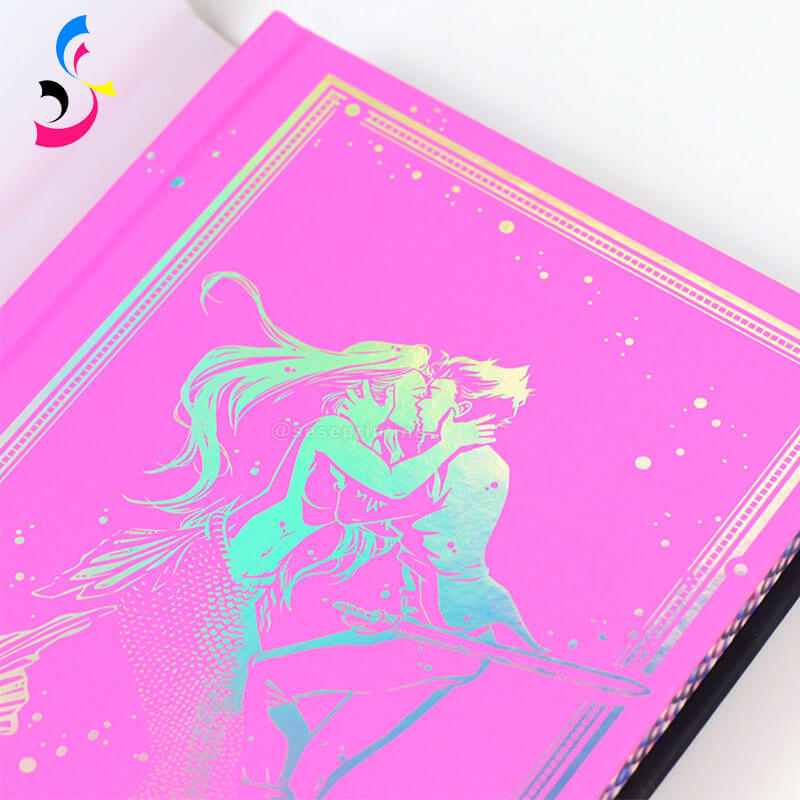
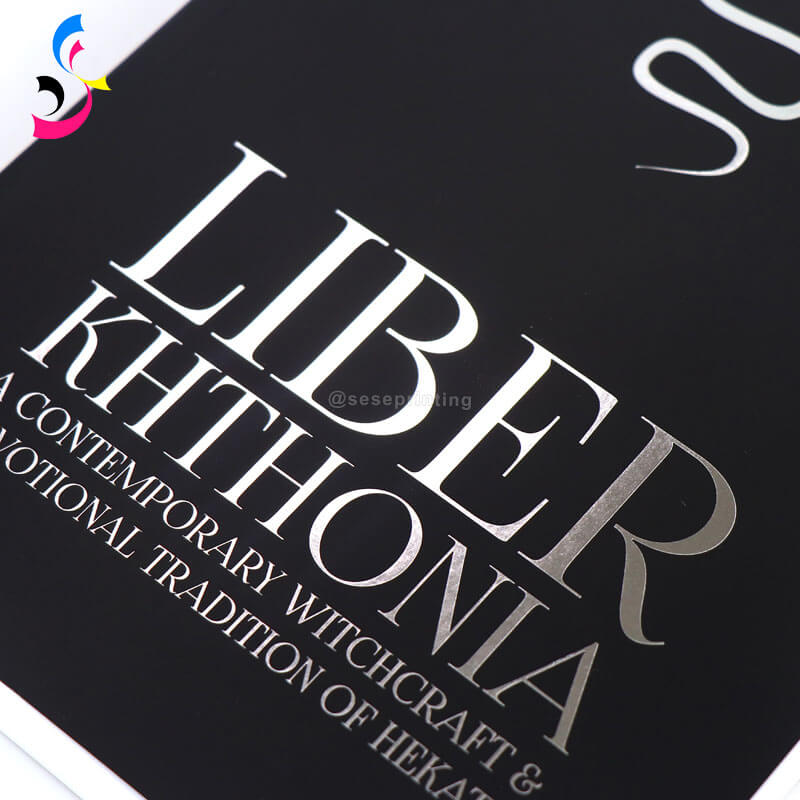
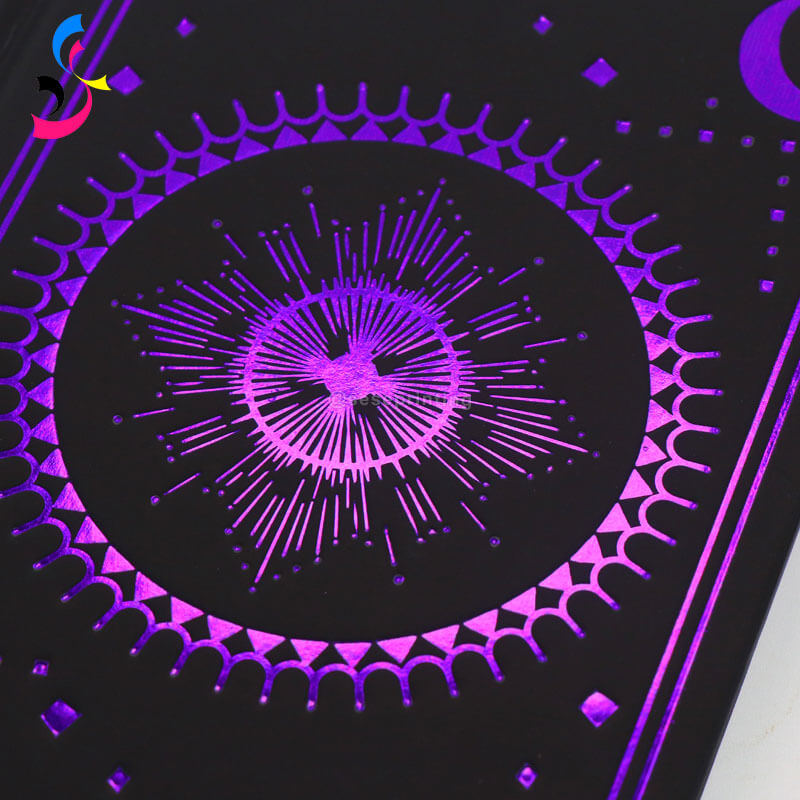
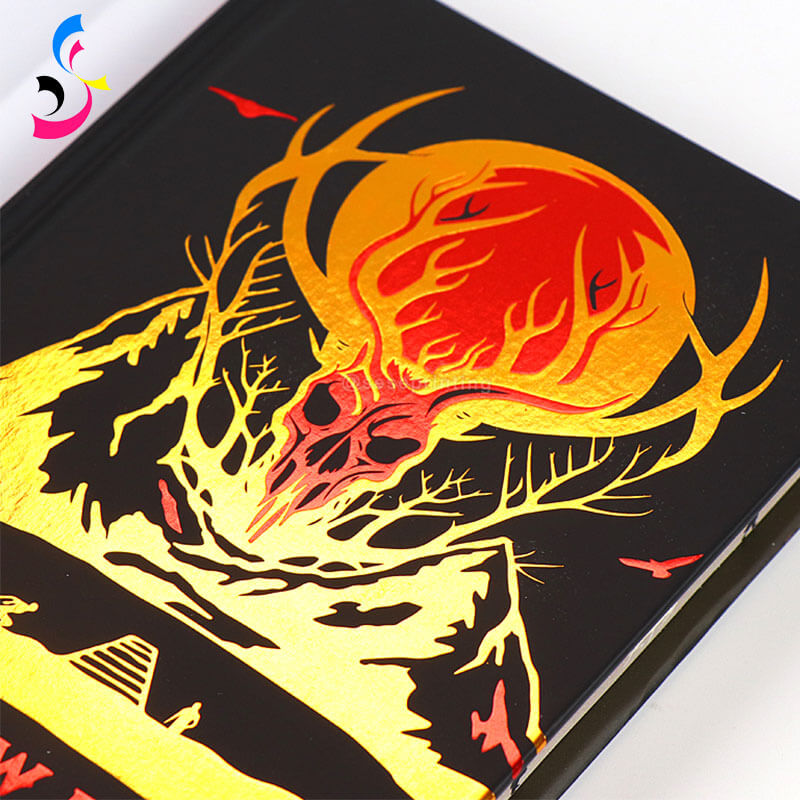

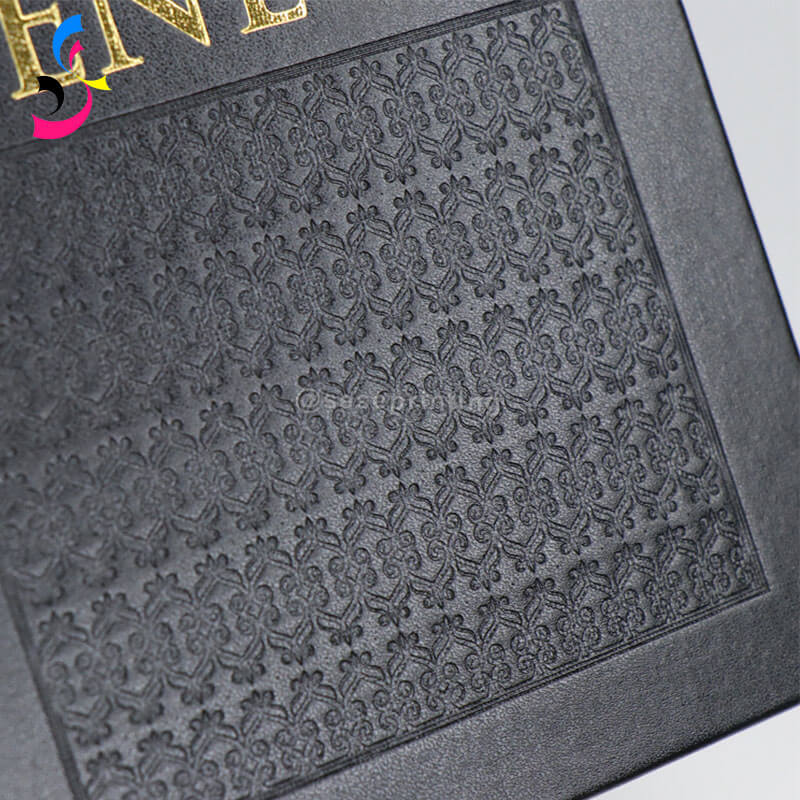
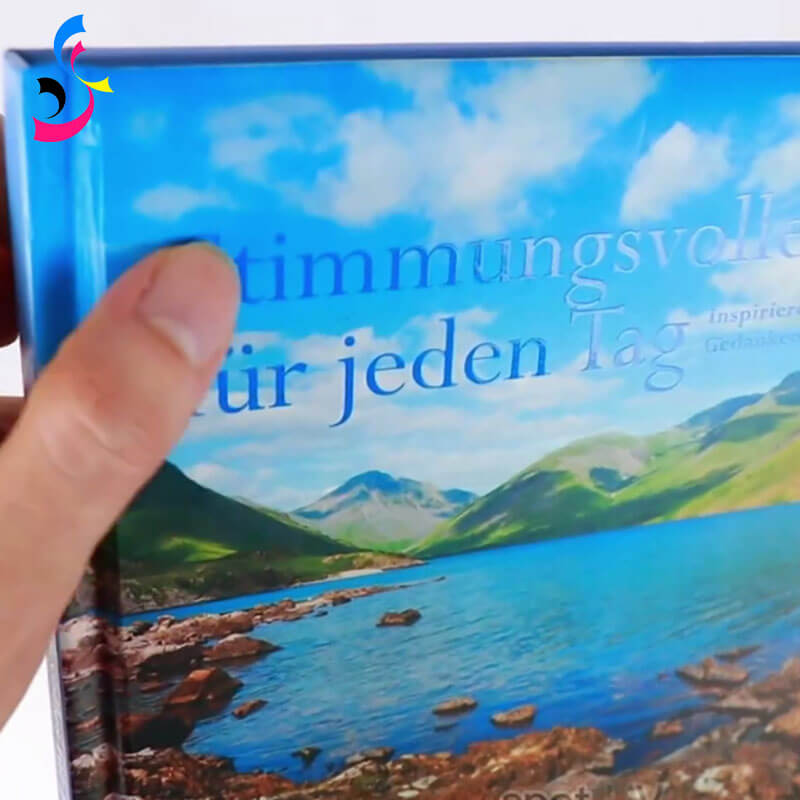

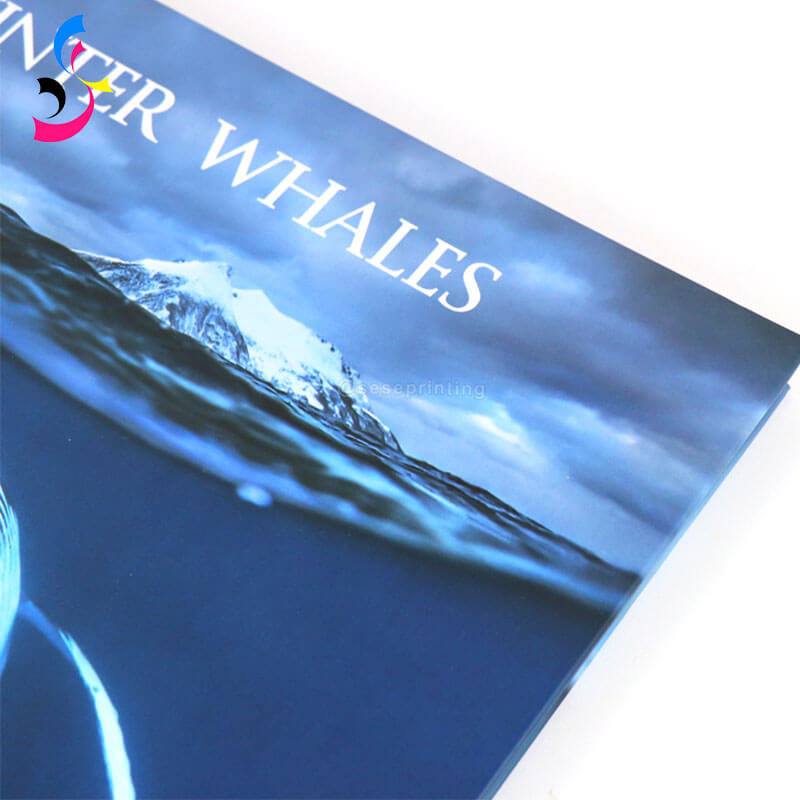
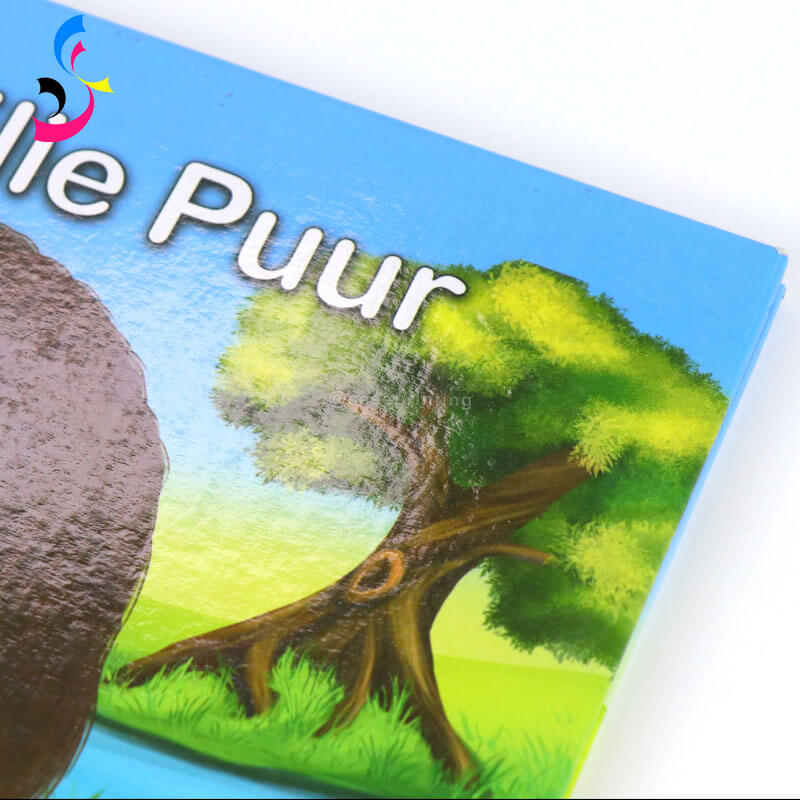
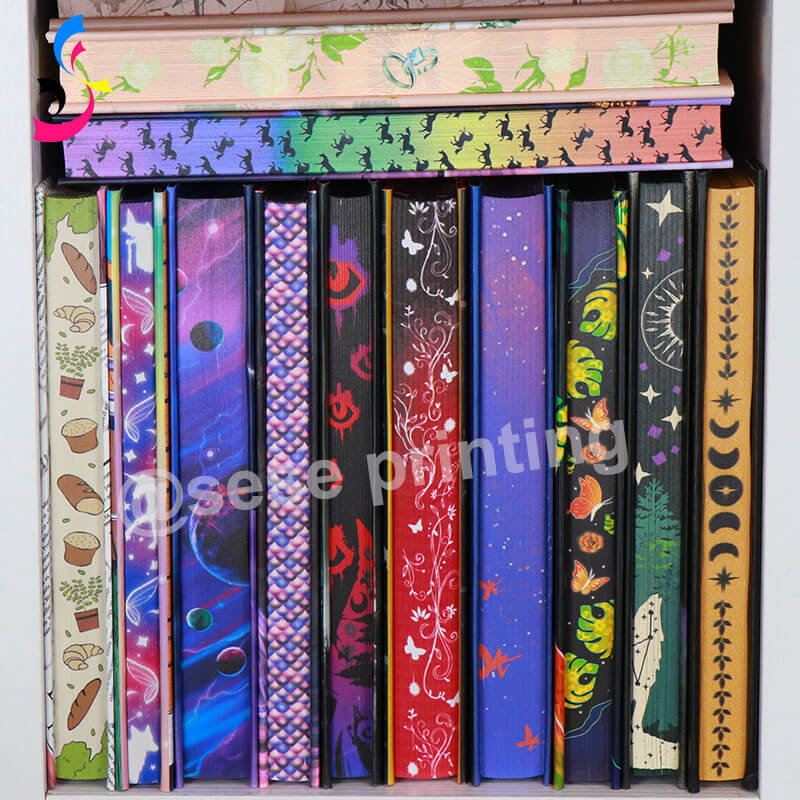
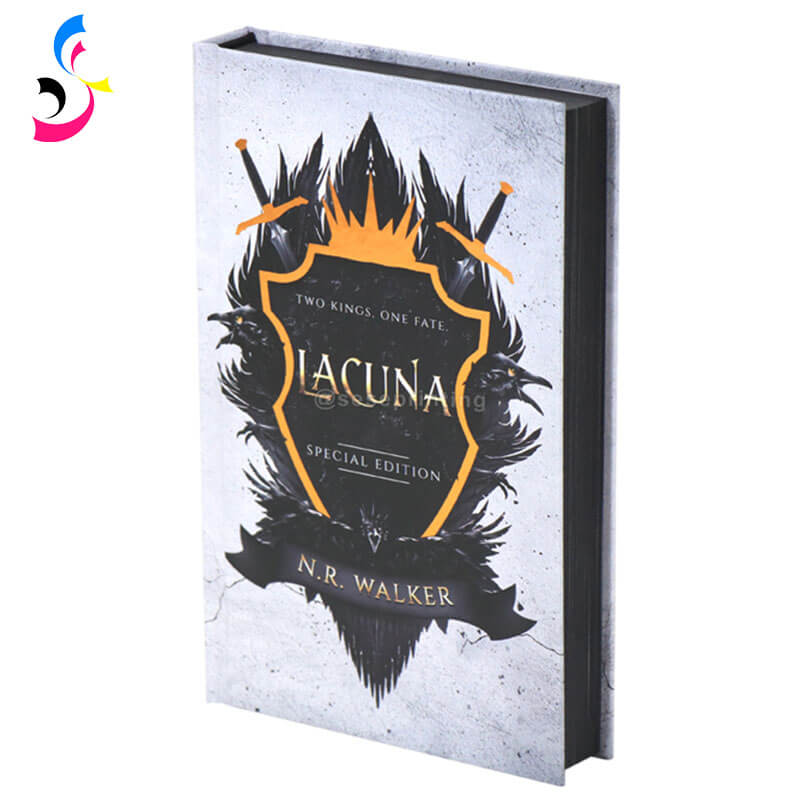
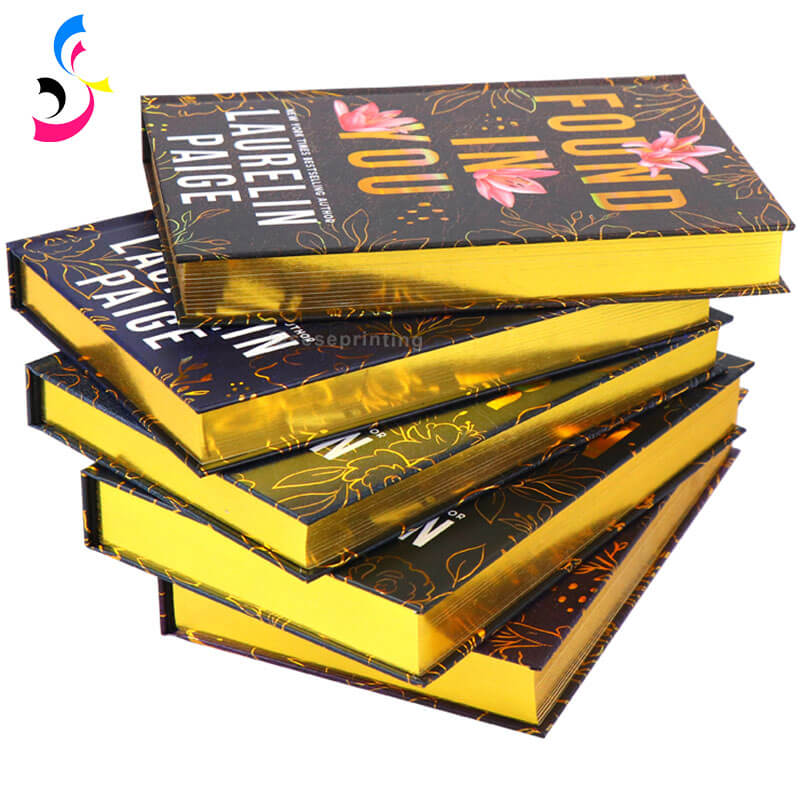
 Softcover Book Printing: Options for Matte Vs. Glossy Finishes
Softcover Book Printing: Options for Matte Vs. Glossy Finishes  You May Also Like
You May Also Like
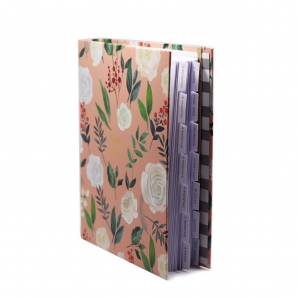

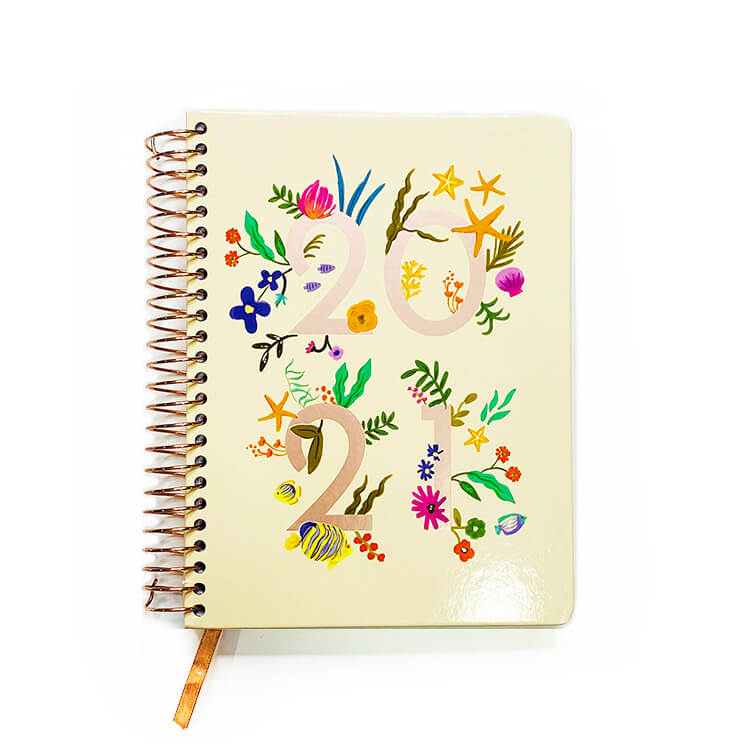

 Tel
Tel
 Email
Email
 Address
Address







